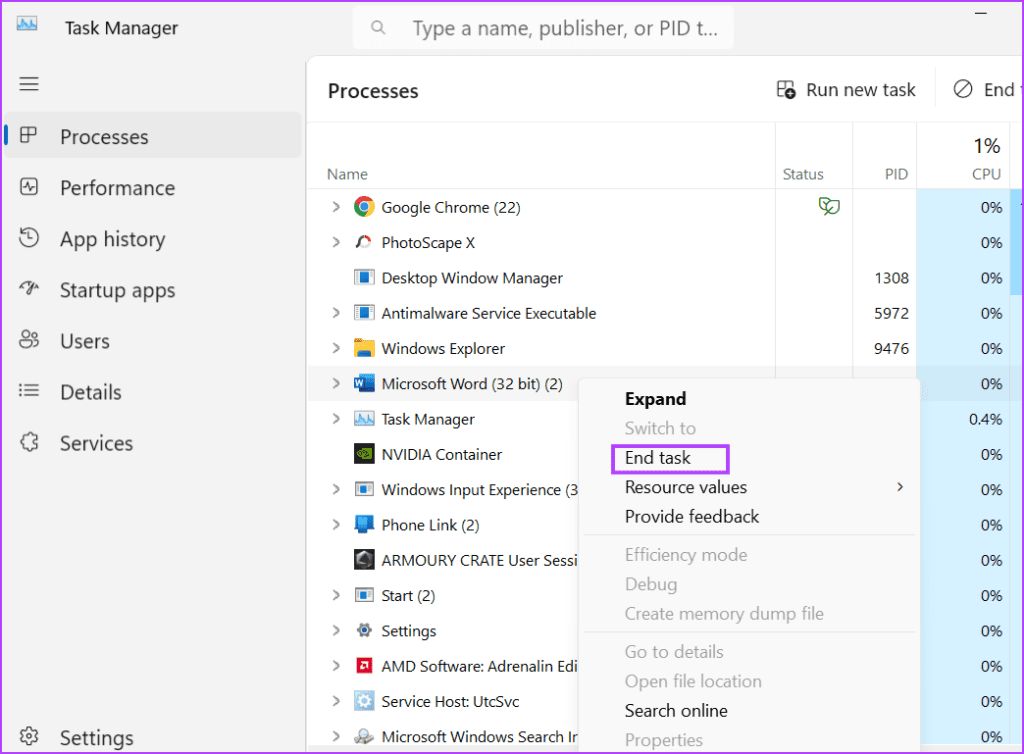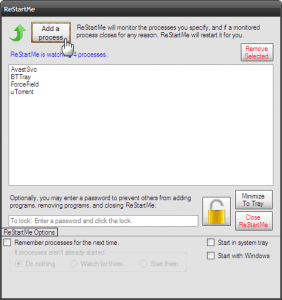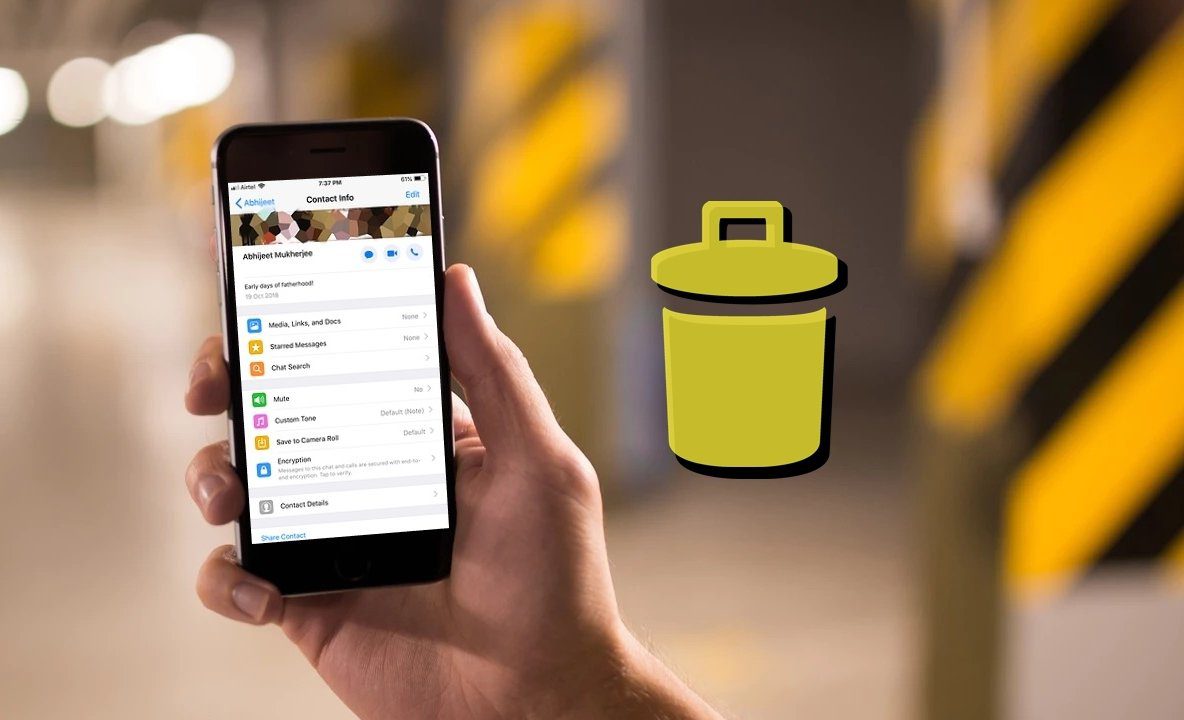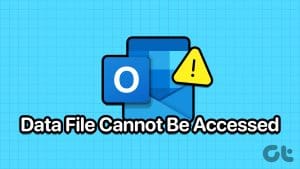So, you mustclose the programusing the Task Manager.
Step 1:Press the Ctrl + Shift + Esc keyboard shortcut to openTask Manager.
Step 2:Find the program which could be using the file in the Processes list.

Step 3: Right-clickon the process and select theEnd Taskoption from the context menu.
So, you mustrestart Explorerusing Task Manager.
Step 1:Press theCtrl + Shift + Esckeyboard shortcut to openTask Manager.

Step 2:punch the search bar at the top.
Step 3: Right-clickon the Windows Explorer process and hit theRestartoption.
Your screen will flicker for a few seconds and then return to normal.

Any open apps will not be closed.
So, you must disable this property using the Folder Options in File Explorer.
Step 1:Press theWindows + Ekeyboard shortcut to openFile Explorer.

Step 3:Switch to theViewtab.
Locate theLaunch folder windows in a separate process option.
choose thecheckbox to unselectit.

Step 5:tap on theApplybutton and then tap on theOKbutton.
So, you must shut down the File Explorer preview.
Step 1:Press the Windows + E keyboard shortcut to openFile Explorer.

Step 2:Navigate to the top menu bar and select theViewbutton.
Step 3:A drop-down list will open.
Hover on theShowoption and then punch thePreview Paneoption to unselect it.

Step 2:Navigate to the left-hand side menu.
select theAdministrative Templatesoption listed under the User Configuration section.
Step 3:Double-press theWindows Componentsoption.

Step 4:Scroll down and double-press theFile Exploreroption.
Step 5:Double-press theTurn off caching of thumbnails in hidden thumbs.db filespolicy to open its controls.
Step 6:Select theEnabledoption.

Step 7:choose theApplybutton and then choose theOKbutton.
Step 1:Press the Windows key to fire up the Start menu.
Typecmdin the search bar and pressCtrl + Shift + Enterkeyboard shortcut.

Step 2:The User Account Control window will open.
hit theYesbutton to open Command Prompt with administrator privileges.
power cycle your PC to apply the changes.

you might easily remove the cache using theDisk Cleanup toolin Windows.
Step 1:Press the Windows key to fire up the Start menu.
Typecleanmgrin the search bar and tap on theRun as administratoroption.

Step 2:Select all the checkboxes listed underFiles to delete:section.
Step 4:punch theDelete Filesbutton.
Safe Mode will initiate the bare minimum of Windows services and drivers.

Step 1:Press the Windows key to open theStartMenu.
Step 2:Press and hold theShiftkey, then press theRestartoption.
Step 3:Windows Recovery Environment will launch.

Step 4:Click onAdvancedoptions.
Step 5:press theStartup Settingsoption.
Step 6:tap on theRestartbutton.

Step 7:Press theF4 keyto boot the PC into safe mode.
Was this helpful?
The content remains unbiased and authentic and will never affect our editorial integrity.





















